Dispatch and Communications
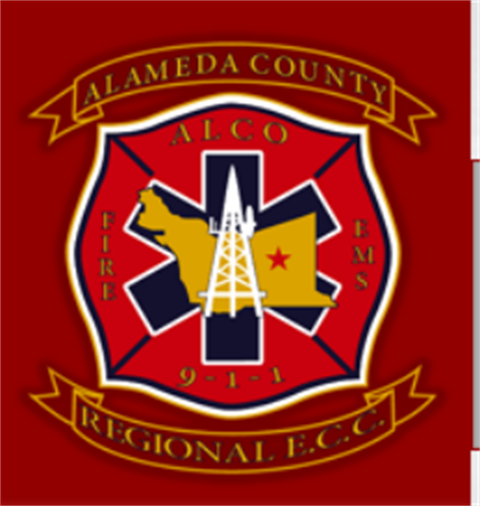
DISPATCH
The Alameda Fire Department contracts with the Alameda County Regional Emergency Communication Center (ACRECC) to provide Fire dispatch services, Emergency Medical triaging, and pre-arrival instructions for our residents. The Fire Department has contracted with ACRECC since 2002. 911 calls placed in the City of Alameda are initially answered by the Alameda Police Department; they are designated as the city’s Public Safety Answering Point (PSAP). If the caller is reporting a fire, rescue, or medical emergency, the caller is immediately transferred to ACRECC.
ACRECC is located at a secured facility within the Lawrence Livermore Lab in Livermore to help ensure that dispatch services cannot be interrupted.
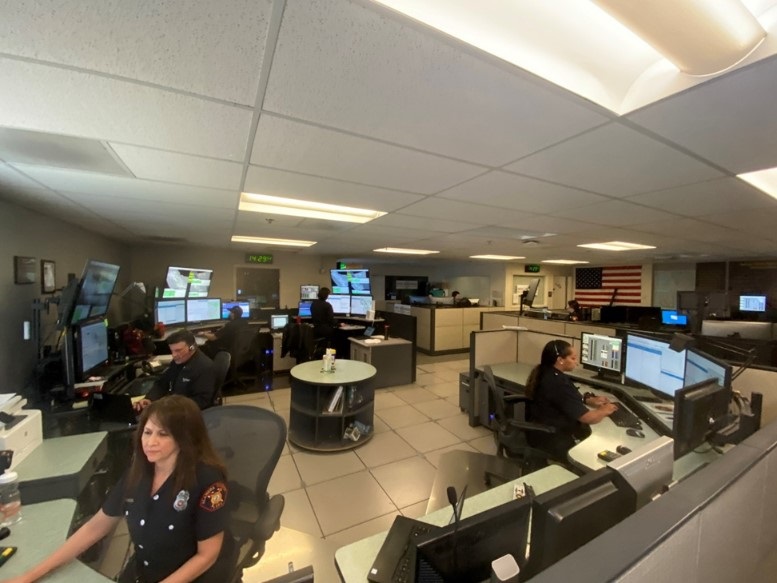
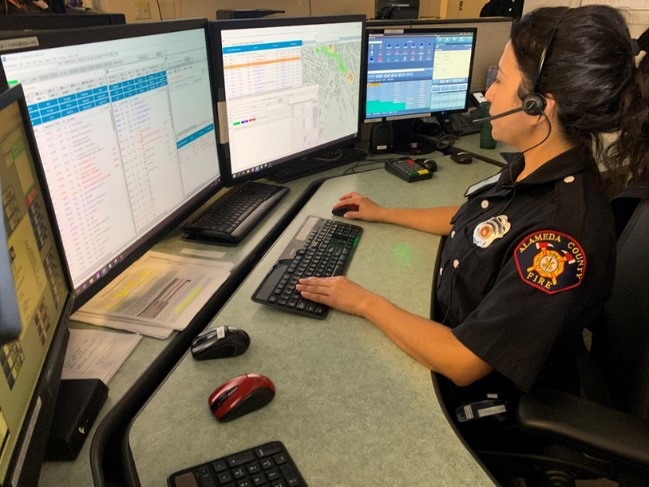
ACRECC serves the cities of Alameda, Dublin, Fremont, Newark, San Leandro, and Union City; the communities of Castro Valley, Cherryland, Ashland, San Lorenzo, and Sunol; Lawrence Livermore, Lawrence Berkeley, and Sandia national laboratories, Camp Parks Combat Support Training Center, all of unincorporated Alameda County, and is the Dispatch/System Status Management Center for the county contracted ambulance service.
The idea of a regional emergency communication system first germinated in the aftermath of the disastrous 1991 Oakland Hills fire. That fire was so widespread that mutual aid assistance was required from neighboring jurisdictions. Unfortunately, their radios couldn’t always monitor each other's communication frequencies. Two findings from that devasting incident were lack of coordination through dispatching and the inability of different radio systems to have interoperability. Key stakeholders throughout Alameda County and the region felt the best solution would be to establish a unified dispatch center to monitor and broadcast to multiple departments from one centralized location. This was the beginning of ACRECC.
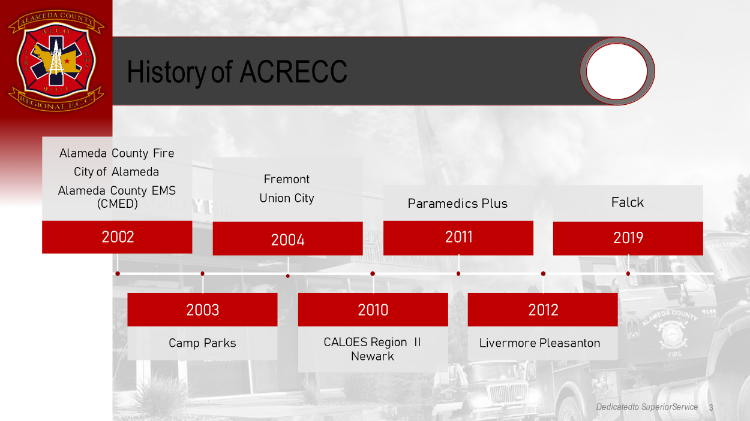
ACRECC is managed by the Alameda County Fire Department and started serving the community in 2002. The center is an accredited Emergency Medical Dispatch (EMD) Center that utilizes the Medical Priority Dispatch System (MPDS) to triage calls and assist callers in rendering immediate lifesaving care to those in need. They process over 200,000 fire/EMS calls per calendar year. ACRECC is staffed 24 hours a day, 365 days a year, by a minimum staffing of eight dispatchers and one supervisor.
**If you have address-specific information that you would like added to the ACRECC Computer Aided Dispatch (CAD) system, you can email AFDdispatchinfo@alamedaca.gov. ACRECC can add lock code information, special hazards associated with the occupancy, or special access instructions so that AFD can expedite services if a resident becomes unable to provide access for First Responders.
Learn more about ACRECC
COMMUNICATIONS

The Alameda Fire Department contracts with the East Bay Regional Communications System Authority (EBRCSA) to provide the Fire Department with a resilient and interoperable two-way radio communication system.
The East Bay Regional Communications System Authority was officially created on September 11, 2007 with the formation of a Joint Powers Authority (JPA). In California State Statute, a JPA is viewed as an independent governmental agency with the same powers that accrue to one of the member agencies. Currently, there are 43 member agencies consisting of both Alameda and Contra Costa county, 30 cities, 6 special districts, 3 Colleges, Dublin-San Ramon Services District, and the California Department of Transportation, serving a population of over 2.5 million people. The Board of Directors is made up of 23 representatives consisting of Elected Officials, Police Chiefs, Fire Chiefs, and City Managers who will be responsible for the overall development, operations, and funding of the system.
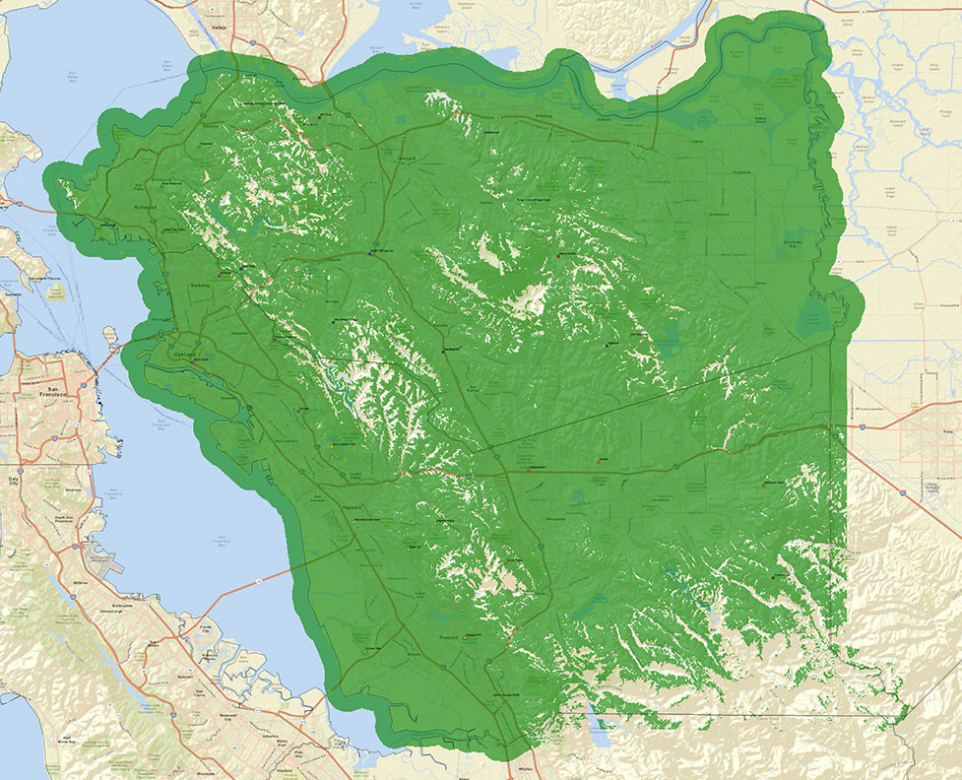
The system provides first responders a comprehensive way of communicating during day-to-day operations and a network to support large-scale disaster responses. Ever Fire Department in both counties is a part of the system and has the ability to communicate across jurisdictional boundaries with the turn of a dial on the radio.
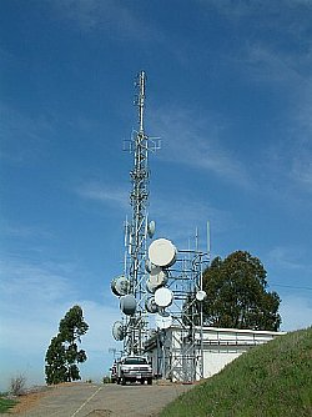
Learn more about EBRCSA